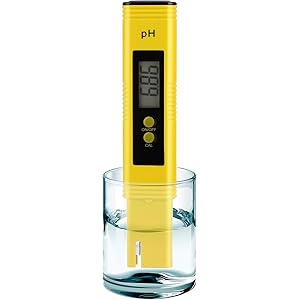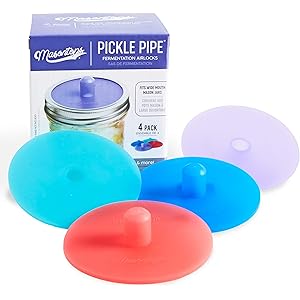Understanding Quick Yeast Pizza Dough
Quick yeast pizza dough is a versatile and efficient way to prepare a delicious pizza base without the long waiting times associated with traditional dough recipes. This type of dough utilizes quick-rising yeast, which allows for a faster fermentation process, enabling you to enjoy homemade pizza in a fraction of the time.
Ingredients for Quick Yeast Pizza Dough
To create quick yeast pizza dough, you will need a few essential ingredients: all-purpose flour, quick-rising yeast, warm water, salt, sugar, and olive oil. The combination of these ingredients is crucial for achieving the perfect texture and flavor in your pizza crust. The quick-rising yeast is the star of the show, as it activates rapidly, allowing the dough to rise quickly.
Benefits of Using Quick-Rising Yeast
One of the primary advantages of quick-rising yeast is its ability to reduce the overall preparation time for your pizza dough. Unlike traditional yeast, which may require several hours to rise, quick-rising yeast can get the job done in as little as 30 minutes. This makes it an ideal choice for busy individuals or families looking to whip up a meal in no time.
Step-by-Step Guide to Making Quick Yeast Pizza Dough
To make quick yeast pizza dough, start by mixing the warm water, sugar, and quick-rising yeast in a bowl. Allow it to sit for about five minutes until it becomes frothy. In a separate bowl, combine the flour and salt. Gradually add the yeast mixture and olive oil to the flour, mixing until a dough forms. Knead the dough for about five minutes until smooth, then let it rest for 30 minutes.
Kneading Techniques for Optimal Texture
Kneading is a critical step in developing the gluten structure of your quick yeast pizza dough. To knead effectively, turn the dough onto a floured surface and push it away from you with the heel of your hand. Fold it back over itself, give it a quarter turn, and repeat the process. This technique helps to create a chewy and elastic dough that will hold up well under toppings.
How to Shape Your Pizza Dough
Once your quick yeast pizza dough has rested, it’s time to shape it. Start by dividing the dough into portions based on your desired pizza size. Use your hands or a rolling pin to flatten the dough into a round shape. Be sure to leave a slightly thicker edge for the crust. This method ensures that your pizza has a well-defined border that can hold toppings without spilling over.
Get more content like this!
Sign up to receive updates and new terms first hand.
Tips for Perfectly Baked Pizza
For the best results when baking your quick yeast pizza dough, preheat your oven to the highest temperature possible, typically around 475°F (245°C). Use a pizza stone or a baking sheet to create a hot surface that will help achieve a crispy crust. Bake the pizza for about 10-15 minutes, or until the crust is golden brown and the cheese is bubbly.
Storing Leftover Dough
If you have leftover quick yeast pizza dough, you can store it for later use. Wrap the dough tightly in plastic wrap and place it in an airtight container. It can be refrigerated for up to three days or frozen for up to three months. When you’re ready to use it, simply thaw it in the refrigerator overnight and let it come to room temperature before shaping.
Common Mistakes to Avoid
When making quick yeast pizza dough, there are a few common pitfalls to watch out for. Avoid using water that is too hot, as it can kill the yeast. Additionally, be careful not to over-knead the dough, which can lead to a tough texture. Lastly, ensure that you give the dough enough time to rise, even if it’s a quick process, to develop the best flavor and texture.
Variations of Quick Yeast Pizza Dough
Quick yeast pizza dough can be easily customized to suit your taste preferences. Consider adding herbs or spices to the flour for added flavor, or experiment with different types of flour, such as whole wheat or gluten-free alternatives. You can also adjust the thickness of the crust by altering the amount of dough you use for each pizza, allowing for a variety of styles from thin crust to deep dish.




